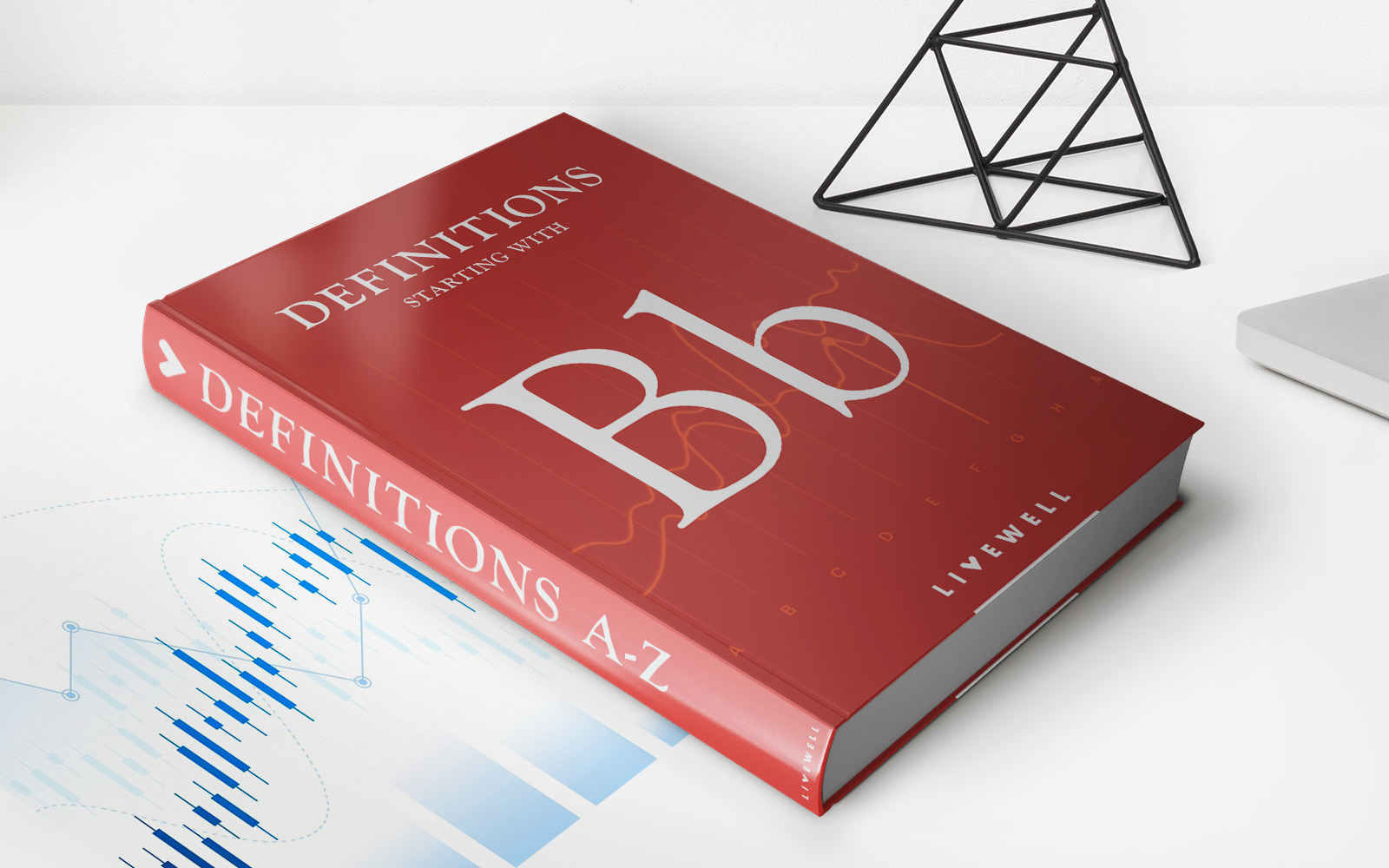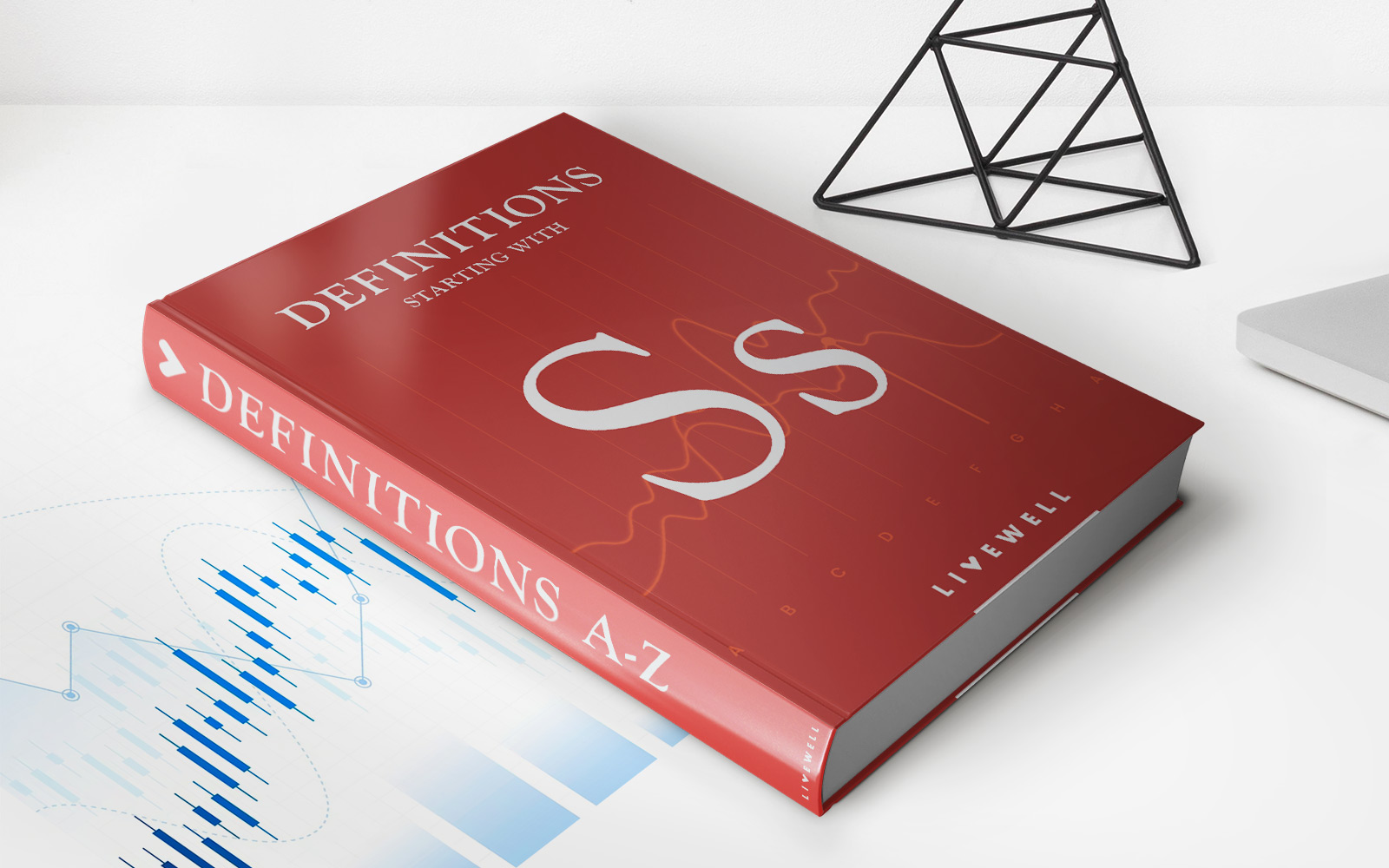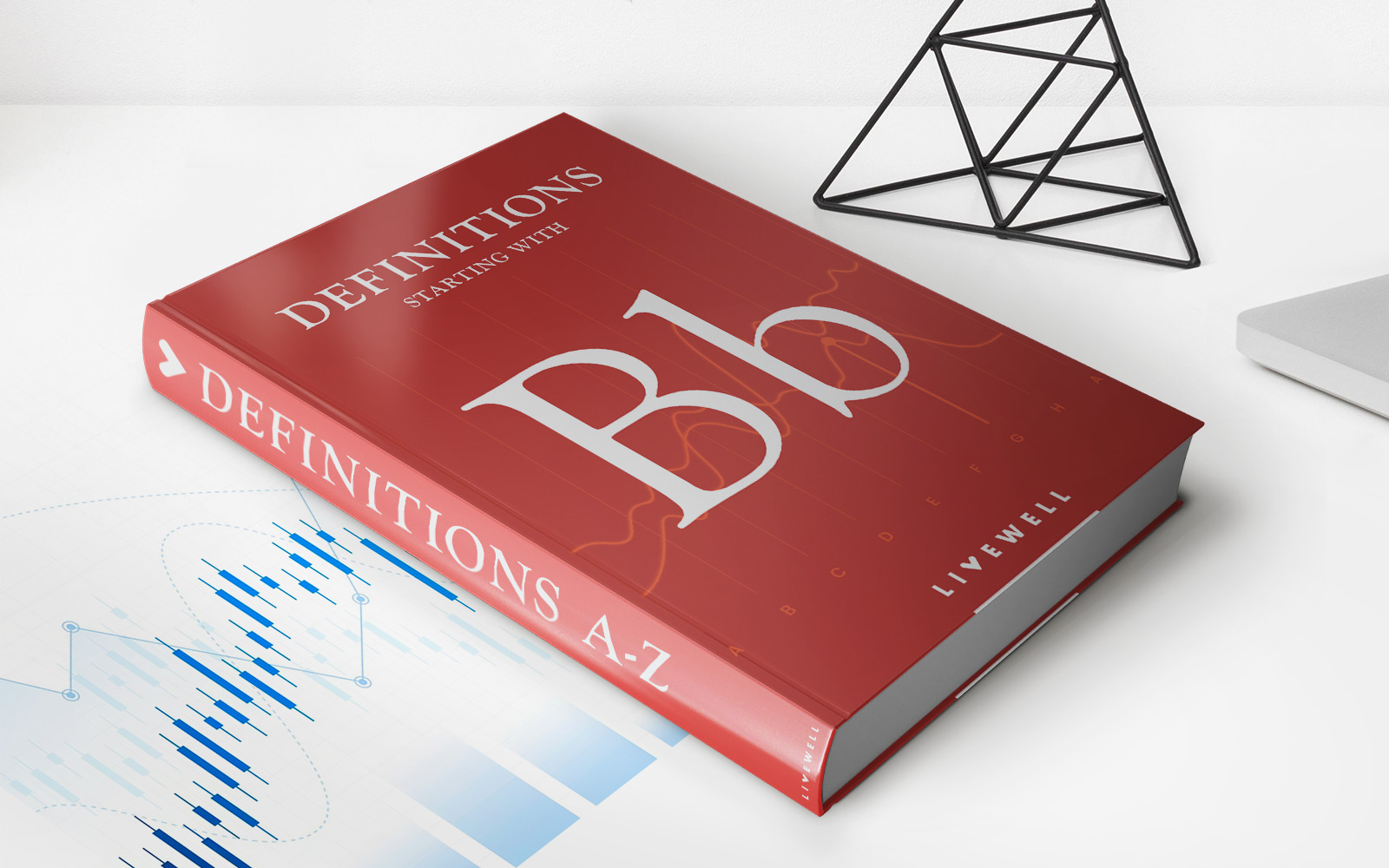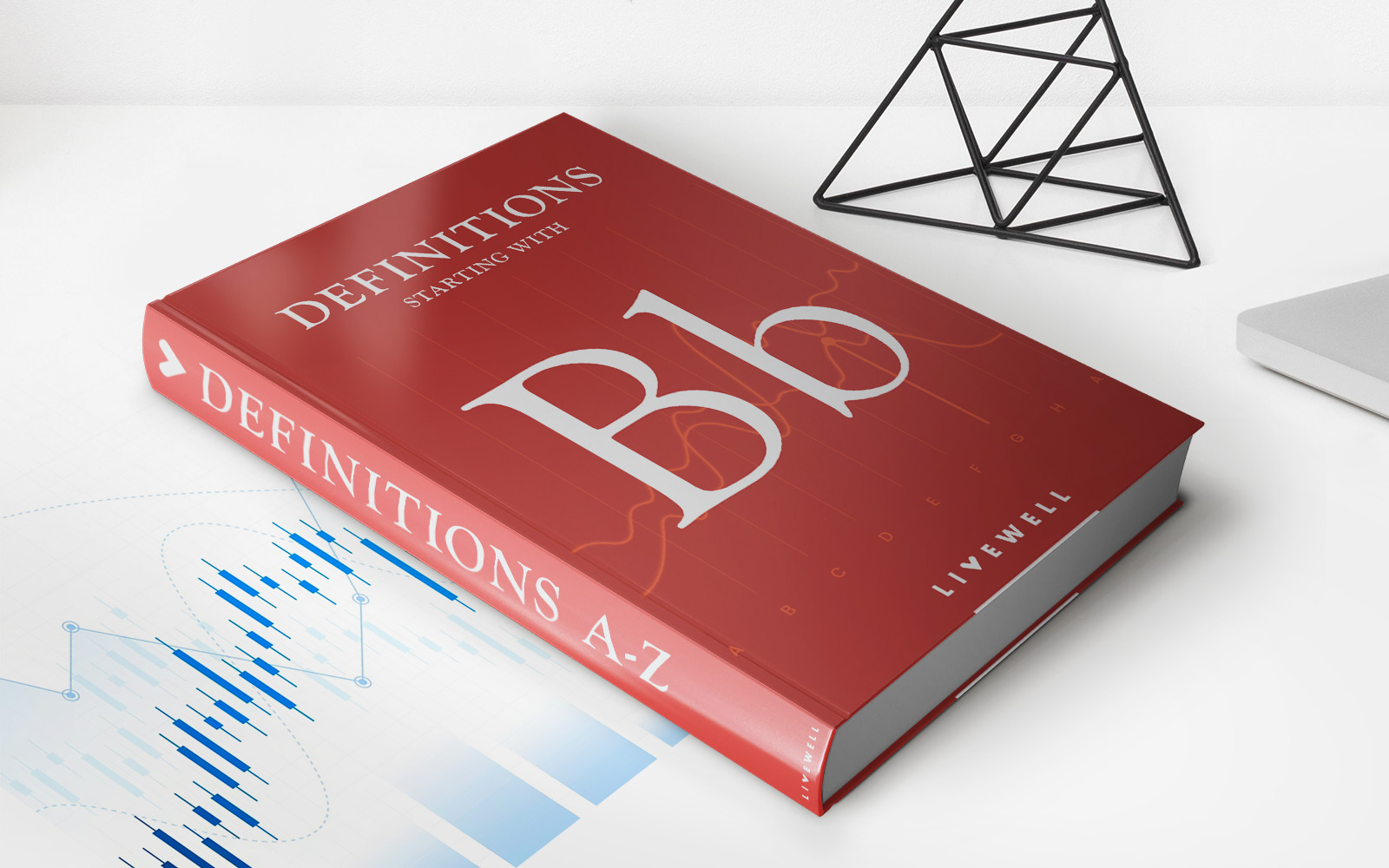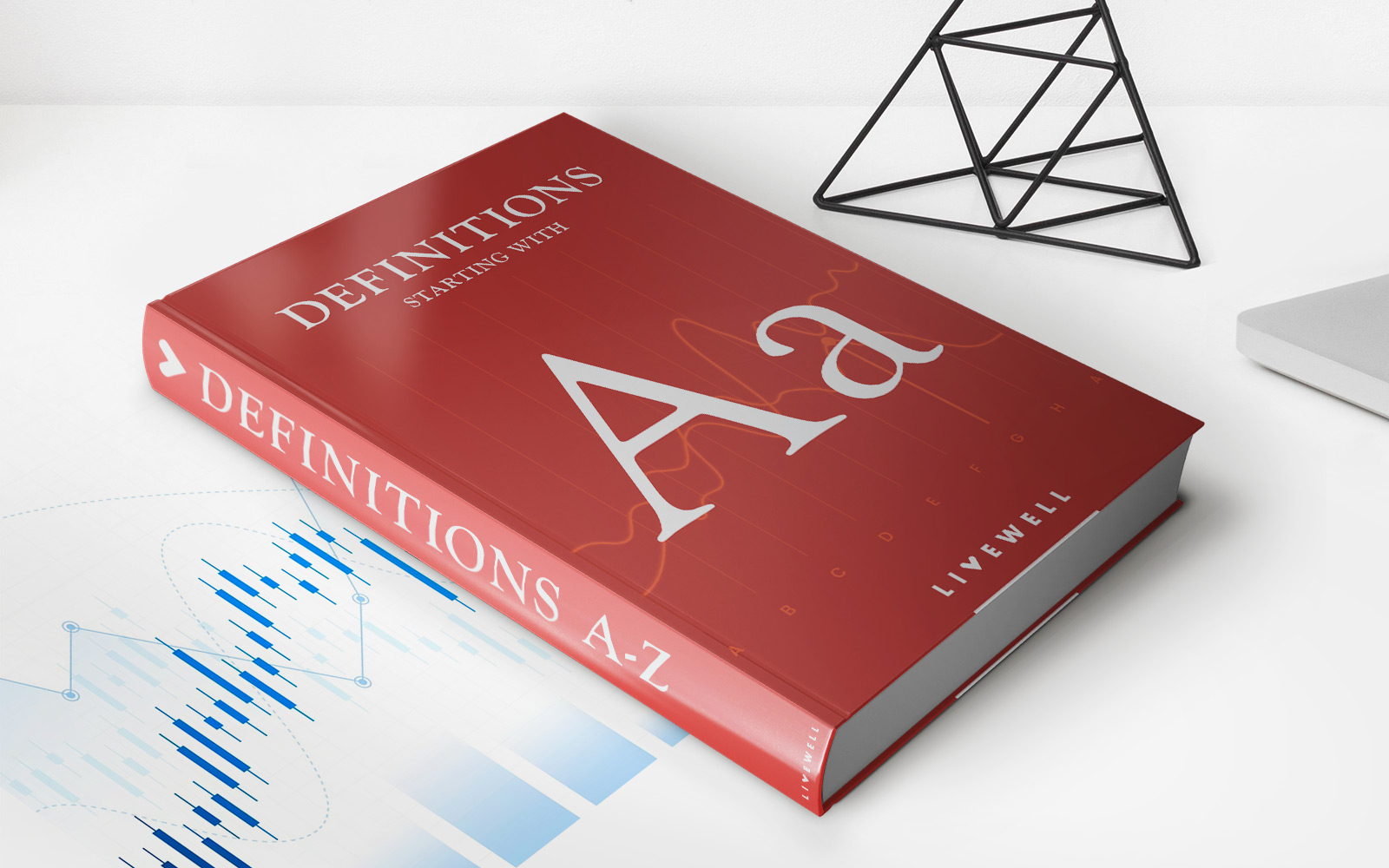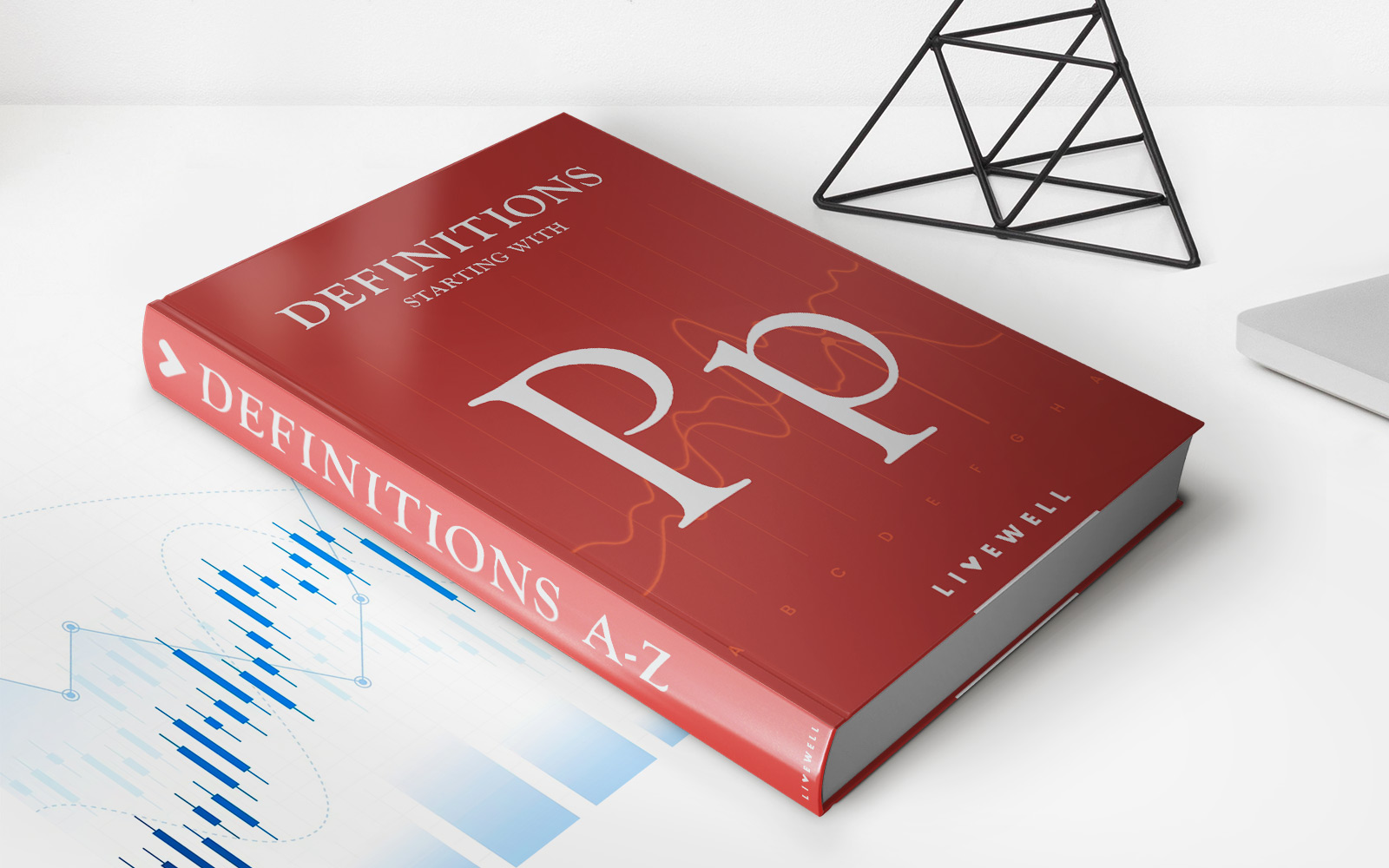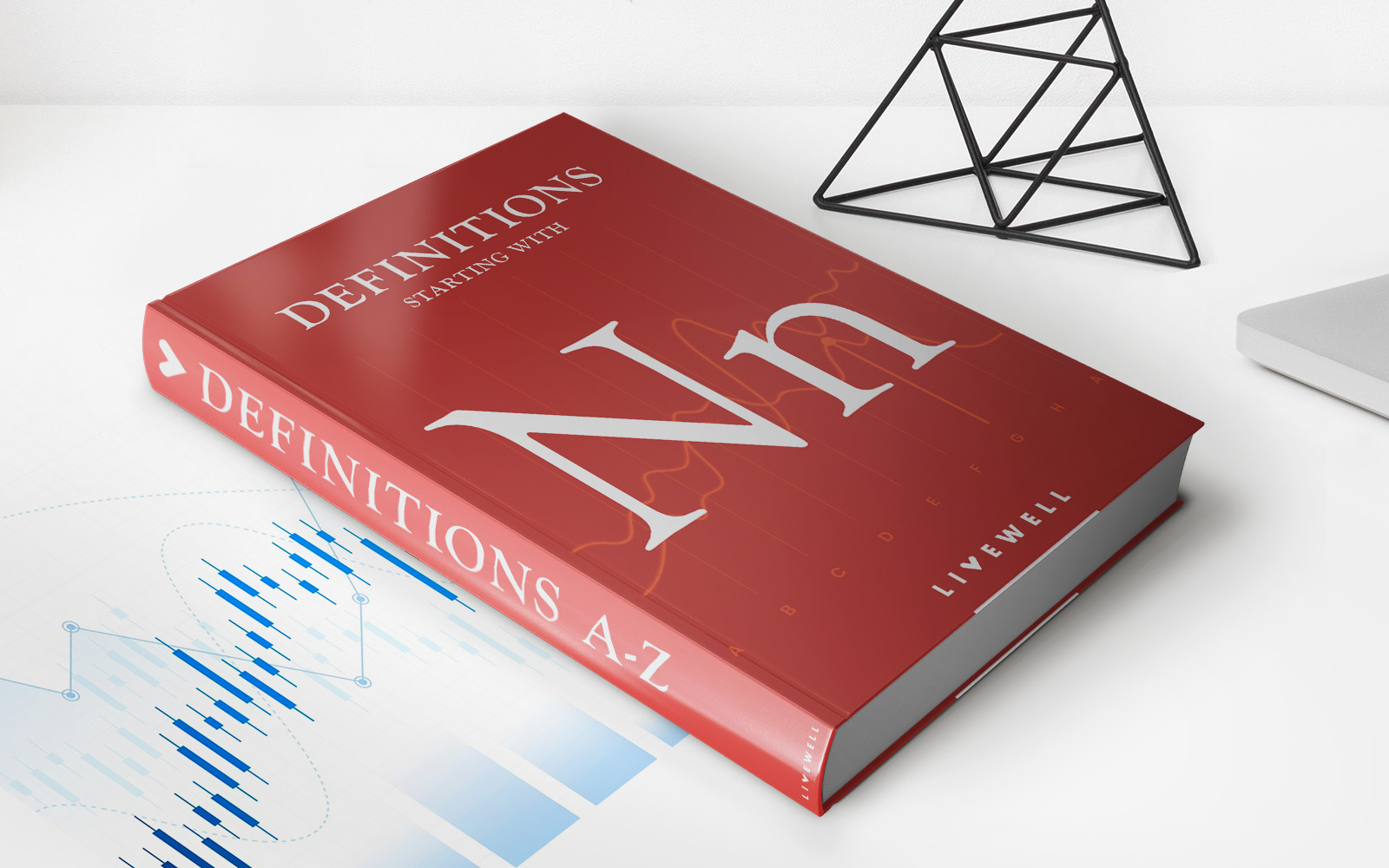Home>Finance>Bid And Ask Definition, How Prices Are Determined, And Example

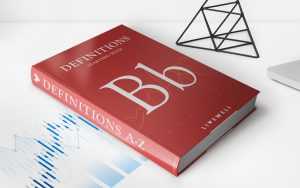
Finance
Bid And Ask Definition, How Prices Are Determined, And Example
Published: October 15, 2023
Learn the bid and ask definition in finance, understand how prices are determined, and explore an example. Get a comprehensive understanding of finance principles.
(Many of the links in this article redirect to a specific reviewed product. Your purchase of these products through affiliate links helps to generate commission for LiveWell, at no extra cost. Learn more)
Understanding Bid and Ask: How Prices Are Determined in Finance
When it comes to navigating the world of finance, understanding the concepts of bid and ask prices is crucial. Whether you’re a seasoned investor or just starting to dip your toes into the market, comprehending how prices are determined can significantly impact your financial decisions. In this article, we will delve into the definition of bid and ask prices, explore how they are determined, and provide an illustrative example to enhance your understanding. So, let’s dive in!
Key Takeaways:
- Bid and ask prices are fundamental concepts in finance that determine the buying and selling prices of financial instruments.
- The difference between the bid and ask prices is known as the spread, which represents the cost of executing a trade.
Definition of Bid and Ask Prices
In finance, the bid price refers to the price at which a buyer is willing to purchase a particular financial instrument, such as stocks, bonds, or commodities. On the other hand, the ask price represents the price at which the seller is willing to sell the same instrument. Essentially, the bid and ask prices reflect the supply and demand dynamics in the market.
Think of it this way: if you were selling your car and received inquiries from two potential buyers, each offering a different price, the higher offer would be the bid price, and the lower offer would be the ask price. In the context of the financial markets, bid and ask prices are continually changing as buyers and sellers submit their orders.
How Prices Are Determined
Now that we understand the bid and ask prices, let’s explore how they are determined in the financial markets. Several factors influence these prices, including:
- Supply and demand: The fundamental forces of supply and demand exert a significant influence on bid and ask prices. When there is high demand for a particular financial instrument and a limited supply, the bid price tends to be higher than the ask price, resulting in a narrower spread. Conversely, when supply exceeds demand, the bid price may be lower than the ask price, widening the spread.
- Market volatility: The degree of market volatility can impact bid and ask prices. During periods of high market volatility, bid-ask spreads may widen as traders become more cautious, resulting in increased pricing discrepancies.
- Liquidity: The availability of buyers and sellers in the market affects bid and ask prices. In highly liquid markets where there is a large number of participants, bid-ask spreads are generally tighter. Conversely, in less liquid markets, bid-ask spreads tend to be wider.
Example: Understanding Bid and Ask Prices
Let’s consider an example to solidify our understanding of bid and ask prices. Imagine you are interested in purchasing shares of a publicly traded company, XYZ Inc. The current bid price for the stock stands at $50, while the ask price is $52.
In this scenario, the bid price represents the highest price that buyers are willing to pay for the stock. If you decide to purchase shares at the current bid price, your order will be executed immediately. On the other hand, the ask price indicates the lowest price at which sellers are willing to sell their shares. If you opt to sell your shares at the ask price, your order will also be executed promptly.
The difference between the bid and ask prices, in this case, is $2, which is known as the spread. This spread represents the transaction cost and may vary based on market conditions, volatility, and liquidity.
In Conclusion
Understanding bid and ask prices is vital for anyone considering investing or trading in the financial markets. By comprehending how prices are determined, you can make informed decisions when buying or selling financial instruments. Remember, bid and ask prices reflect the supply and demand dynamics, with the spread representing the cost of executing a trade.
Takeaway: Bid and ask prices are essential concepts in finance that determine the buying and selling prices of financial instruments. The difference between the two is known as the spread.
Takeaway: Factors such as supply and demand, market volatility, and liquidity influence bid and ask prices in the financial markets.
With this newfound knowledge, you can navigate the world of finance with confidence, armed with a clearer understanding of how bid and ask prices shape the trading landscape. Happy investing!
